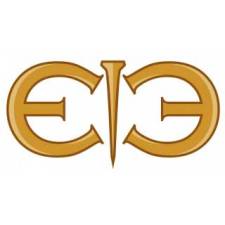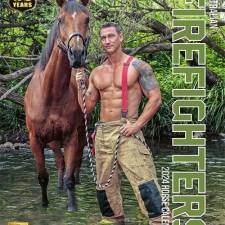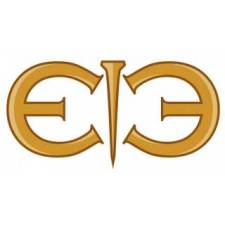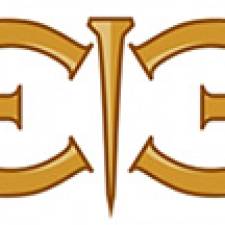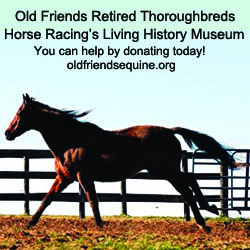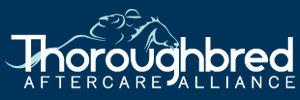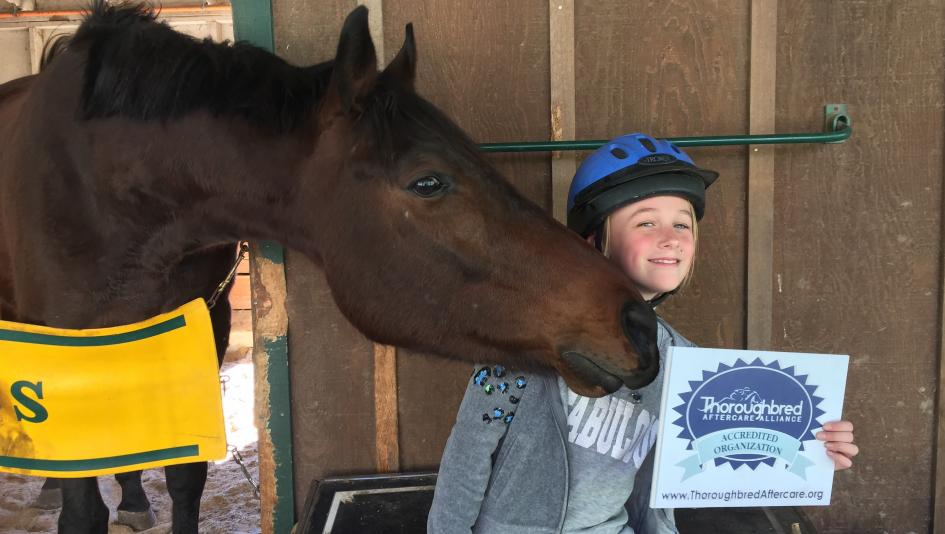
by Melissa Bauer-Herzog
With the Thoroughbred Aftercare Alliance’s (TAA) funding for aftercare organizations rising from $1 million in 2012 to $3.42 million in 2019, it is safe to say the organization has grown in the near-decade since its inception. Its growth and contribution saw it win a special Eclipse Award in 2014 and Special Award of Merit at this year’s Preakness Alibi Breakfast but TAA President Mike Meuser says there is still work to be done.
Originally accrediting 21 organizations, the class of 2019 includes 74 aftercare organization with its accredited organizations helping over 10,300 Thoroughbreds since 2012. TAA is entrenched in the Thoroughbred sales and breeding sectors now through both mandatory and voluntary donations and Meuser says 2020 is about trying to bring in parts of the industry they haven’t focused on before.
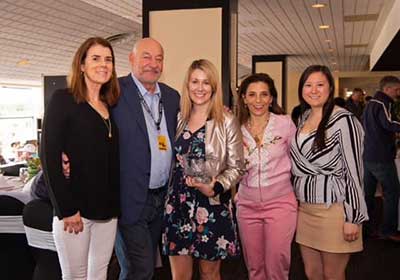
The organization teamed up with NYRA earlier this year to put a mandatory 1.5 percent aftercare assessment on all horses who are claimed from the NYRA tracks with funding going to both Take The Lead Thoroughbred Retirement Program and TAA but Meuser looks forward to 2020.
“I think it’s probably a year where we’re going to reach into other sectors of the industry that we haven’t spent a lot of time on. One of the things that we’re working on now - and our New York friends have taken the lead on this - is to try and include those people that claim horses in the effort and doing that by creating some sort of a surcharge or a fee when you actually make a claim at the racetrack,” he said.
“A lot of the horses we have racing in America move through the claiming ranks through time and many of those people don’t come in contact with our other touchpoints in the industry. They don’t buy horses at the sale, they don’t breed horses, their only use of racehorses is at the racetrack so we need to make some in-roads there. The racetracks are doing some matching programs with the horsemen, they’re also doing some stakes days where they give us some money, but it would be great if the racetracks could do more.”
After a rocky year for racing, TAA is also focusing on reaching the public and letting them know what the organization does. AmTote International terminals at some tracks allow fans to donate a percentage of their winning tickets to TAA while racing fans can also donate to TAA on its website.
“One of the things that we really want to emphasize is the public awareness of what we do,” Meuser said. “Animal welfare obviously is important to a lot of Americans and the fact that we’re out there doing that for some of the most important horses in the world makes a great opportunity for us to reach out to the public. We’ve done fairly well already with the racing public, for example now we had contributions that you can be making on an AmTote machine when you make a bet. But in the future we’d like to have more general public awareness of what we do and how important it is.”
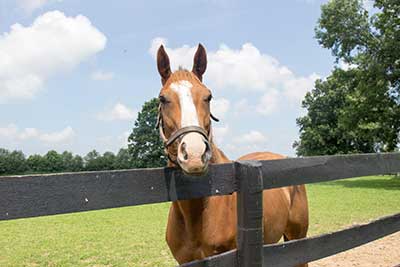
As to the changes Meuser has seen to aftercare since the TAA’s inception, the biggest may be aftercare organizations working together. While they are all competing for TAA money, they also aren’t afraid to reach out to each other to learn how to improve their facility and their aftercare efforts as well.
These efforts have also been noticed by horsemen in the racing industry who now feel better about working with the TAA after noticing the work that has been done for aftercare.
“I think the most important thing we did was the accreditation process because what we’ve seen is that all of these organizations are doing a better job, they’re getting more out of their money, they’re being run more effectively,” he said. “They all know that they’re in essence competing with each other to get dollars from the TAA so they talk to each other, they consult with each other, they get ideas from each other, they’re always trying to improve based on what the facility down the road is doing that is a TAA facility so I think that has driven an improvement in how those services are delivered.”
The inspection all TAA accredited organizations have to go through to earn TAA grant money has also caused an improvement in the aftercare industry. With the TAA requiring that all organizations must be 501(c)3 accredited, anyone who wants to apply for a grant must have the proper structure in place to make sure they can adequately take care of the horses.
Meuser has also seen the training of ex-racehorses increase as those who prepare the horses for their next career generally receive more money from the TAA.
“It is a fact which they’re all aware of that if you are in the business of taking horses off the track and training them for a new life where they’re actually going to be useful horses, you’re going to get more money from the TAA because that’s better for everyone. It’s better for the horses, it’s better for the horses coming off the track and the horses who sent them there, and it’s better for the perception of the Thoroughbred industry in the equestrian world,” he said.
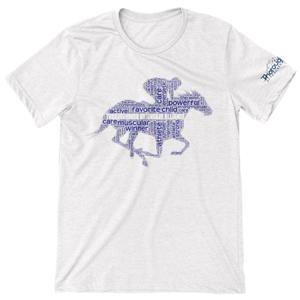
Even though the TAA has been giving out money for seven years, they are still on a learning curve. One such curve is realizing that it is just as important to have the horses placed properly after their time on the track as it is to have them placed. Both aftercare and racing horsemen have pointed out that it is important that a horse be evaluated soon after it comes off the track to see what it is best suited for.
With that in mind, the TAA is looking to create a certification program for its organizations to be able to “triage” horses coming off the track to see where they are best suited. This way the horses not only find a place to go after their racing career, but they find the best place to help them live up to their potential.
If anyone has any ideas for the funding of the triage program or aftercare funding in general, Meuser encourages anyone with ideas to reach out to the organization.
“We’d really like to see more people in the industry come to us with ways to create additional funding,” he said. “We’ve had some success with that, someone will come to us with an idea for an event, some sort of a fee, just creative ways to try to increase the stream of revenue. If we can keep that going, I think we’re going to do a great job for the horses.”
If you’d like to contact the Thoroughbred Aftercare Alliance to find ways you can help with aftercare efforts, visit www.thoroughbredaftercare.org.
This article originally appeared on America's Best Racing and is published here with permission.
Look into more interesting articles on this subject in our section on Retire & Rehome.







